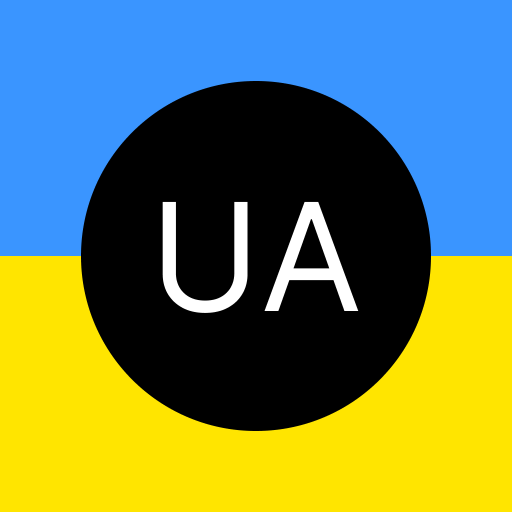Why war in Ukraine is worse for Russia than World War II
global.espreso.tv
Mon, 20 Oct 2025 16:33:00 +0300

Oleksandr Kovalenko, Ukrainian military and political observer with the Information Resistance group, writing for OBOZ.UA, reported the information.Kovalenko explains that the war in Ukraine has already become a disaster for Russia, potentially surpassing the devastation experienced during World War II. Today, discussions often focus on comparing World War II and the war in Ukraine, particularly in terms of duration. The full-scale Russian invasion of Ukraine has now lasted over 1,330 days, while the period of World War II, often referred to in Russia as the “Great Patriotic War,” lasted 1,418 days. Kovalenko asks, “Is it right to compare these wars, and if so, what conclusions can be drawn from this comparison?”Historical clarificationsBefore drawing comparisons, Kovalenko emphasizes the importance of understanding some historical context. If we consider the official start of World War II as September 1, 1939, and its end as September 2, 1945, the conflict lasted 2,193 days. However, the phase recognized in Soviet and Russian historiography as the “Great Patriotic War” began on June 22, 1941, and ended on May 9, 1945, lasting 1,418 days.Kovalenko notes that alternative historical interpretations exist. For example, in the Czech Republic, World War II is considered to have started with the occupation of the Sudetenland on October 1, 1938, extending the duration to 2,527 days. If one includes earlier events such as the Anschluss of Austria in March 1938 or even the remilitarization of the Rhineland in 1936, the total length becomes even longer.Similarly, Kovalenko explains, the war in Ukraine can be viewed not only from the start of the full-scale invasion on February 24, 2022, but also from the earlier hybrid conflict beginning in 2014, which would bring its total duration to 11 years. For the purposes of comparison, however, Kovalenko limits the focus to the full-scale invasion versus the period of the Great Patriotic War.CasualtiesKovalenko emphasizes that Russian losses in Ukraine are staggering. The occupying Russian forces have suffered more than 1,127,000 killed and wounded, averaging approximately 850 casualties per day. In contrast, the Red Army lost 27 million personnel during the Great Patriotic War, or an average of 19,000 per day.TanksRegarding armored vehicles, Kovalenko says, Russian forces have lost 11,259 tanks, an average of 8–9 per day. During the Great Patriotic War, the Red Army lost 83,500 tanks, averaging 58–60 per day. Kovalenko adds, “The Red Army’s losses also included self-propelled artillery units, such as the SU-76, SU-85, and ISU-152, which complicates a direct comparison.”Armored vehiclesRussian occupation forces have lost 23,350 armored vehicles, or 17–20 per day. During World War II, this type of equipment was less widespread, and the Red Army lost over 13,000 armored vehicles, roughly 9 per day, Kovalenko says.Barrel artilleryThe Russian Armed Forces have lost 33,680 barrel artillery systems, an average of 25 per day. During the Great Patriotic War, the Red Army lost about 90,000 barrel artillery systems and over 30,000 mortars, averaging 90 per day.MLRSRussian losses in MLRS total 1,520 units, roughly one per day. During the Great Patriotic War, the Red Army lost over 1,800, or about the same average daily rate.Motor transportTo date, Russia has lost more than 64,350 motor vehicles, averaging 48–50 per day. By comparison, the Red Army lost approximately 410,000 motor vehicles, or about 290 per day.Kovalenko comments, “As we can see, in many categories, these losses are simply incomparable, raising doubts about the accuracy of direct comparisons between the two wars given their completely different scales.”Territorial scale and front linesKovalenko explains that comparisons should also consider the territorial dimension. During the Great Patriotic War, the maximum front line stretched over 4,800 km, notably in summer 1942, spanning from the Barents Sea (Murmansk and the Kola Peninsula), through Leningrad, Moscow, central and southern Ukraine, Stalingrad, Rostov-on-Don, and further to the Caucasus foothills and Black Sea coast.At the beginning of the war in summer 1941, the front was less than 1,000 km, as German troops had just invaded, and in April–May 1945, during the final phase, the main forces were concentrated near Berlin. On average, Kovalenko explains, the front line during the Great Patriotic War ranged from 3,000–3,500 km.In Ukraine, the front is currently around 1,200 km, roughly one-third the length of the WWII front, Kovalenko says.Territorial gainsDuring 1,330 days of war, Russian forces have captured 71,108 km². In comparison, during the Great Patriotic War, the USSR initially lost more than 1,700,000 km², later liberating it, for a total of 3,400,000 km². Starting in 1944, the Red Army also captured countries in Central and Eastern Europe totaling 2,000,000 km², bringing the total area lost and gained during the war to over 5,400,000 km².Kovalenko points out that during WWII, the Red Army lost roughly 5 soldiers per km² defended or captured, while Russian forces in Ukraine are losing 16 soldiers per km², despite the fact that the rate of territorial capture is much slower: 53 km² per day versus over 3,800 km² per day for the Red Army. “In other words,” Kovalenko explains, “Russia is losing three times more personnel per area, capturing territory over 70 times slower, and capturing a total area 76 times smaller.”Kovalenko concludes that comparing the war in Ukraine with the Great Patriotic War is not only valid in terms of duration but also in losses, combat effectiveness, and operational results. “Even the Red Army did not fight with ‘flesh’ as the Russian army is doing now,” he says.Unlike the USSR, which expanded its military-industrial complex during WWII and accumulated enormous post-war potential, Kovalenko warns that Russia is depleting its inherited reserves of equipment and weapons, leading to “irreversible and irreparable degradation of the Russian Armed Forces.”He adds, “These figures show the real scale of the catastrophe caused by the so-called ‘special military operation.’ The effect is the bloodiest conflict in Russian history in both the new and past centuries.”






